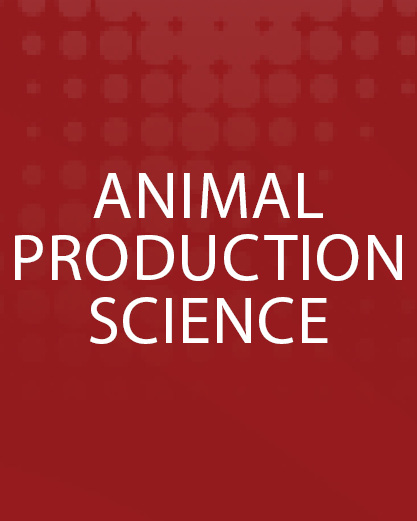Document type : scientific review published in Animal Production Science
Authors: D.L.M Campbell, M.S. Bari, J.-L. Rault
Preview: Free-range laying hen housing systems are prevalent in Australia and perceived by consumers to provide greater opportunities for the expression of natural behaviour resulting in higher hen welfare. However, all housing systems have both benefits and risks and scientific evidence is needed on the welfare outcomes of free-range systems. In this review, the scientific literature is summarised from the past 10 years, from research conducted within Australia or internationally with brown laying-hen strains kept in free-range systems. It compiles information on range use by laying hens, hen behaviour while on the range, factors that affect range use, and impacts of ranging on hen health and other aspects of welfare. Novel insights have come from the use of radio-frequency identification systems that allow tracking of individual hens and have shown that the majority of hens access the range with multiple visits across the day, but a small proportion of hens within most flocks choose to remain indoors. Hens also vary in which areas of the range they use, and provision of natural or man-made shelters can increase both range access and range distribution. Hens spend most of their time foraging while outdoors, but the types and frequencies of behaviours vary depending on the resources available and other factors. Range access can be linked to health benefits such as improved plumage condition and reduced footpad dermatitis but there are also health risks associated with free-range systems such as greater susceptibility to disease (e.g. spotty liver disease), heat stress, predation, and potentially parasites in comparison to loose or cage housing systems. Design of the range area, indoor shed, management practices and rearing environments can all influence how hens utilise free-range housing systems. Further research is crucially needed on the impact of ranging on hen welfare in variable Australian climatic conditions, encompassing intense heat and sunlight as well as cooler or wet environments.



